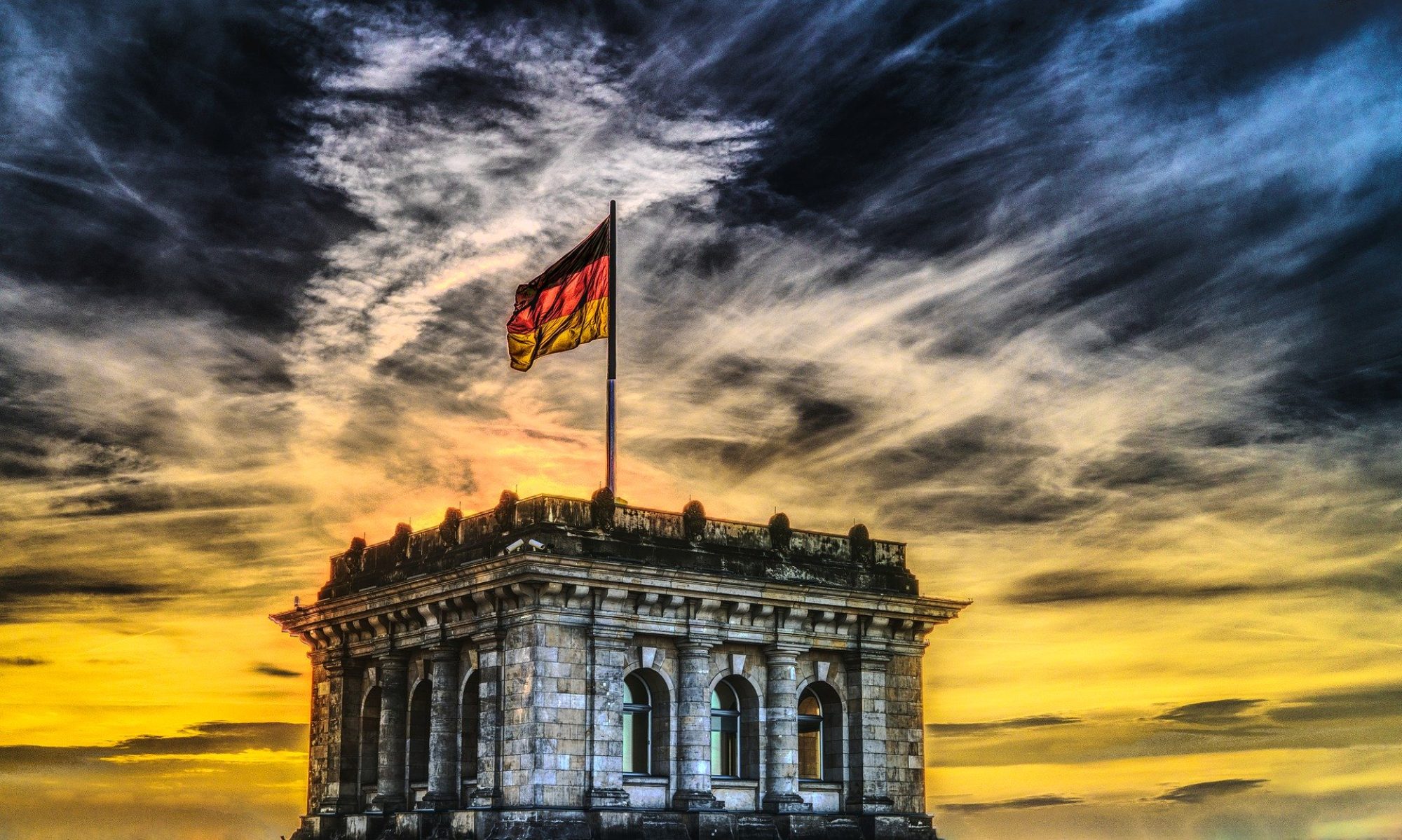Reading Time: 4 minutes
We use the word “refugee” to describe almost any person who has been displaced by war, famine, political instability, or persecution. The word evokes images of people who have fled their country, crossing borders in dangerous conditions, to find refuge in a foreign land. However, the majority of displaced people are actually not refugees because they remain within the borders of their own country. The United Nations High Commissioner for Refugees defines these people as Internally Displaced Persons or IDPs.
There are twice as many Internally Displaced Persons worldwide as there are refugees. Of the 79.5 million displaced people, 45.7 million are IDPs. Organizations like the Internal Displacement Monitoring Centre separate internally displaced statistics into two categories, natural disaster or conflict and violence. For this article, we’ll be looking at only the second category, conflict and violence, but it’s worth remembering that often these two categories influence one another. Here are the five countries that you should know about that had the most new* displacements last year.
*All new numbers are from the year 2019. Total numbers represent IDPs who were displaced in all prior years and are still currently displaced. Both figures were measured on December 31, 2019.
5. Afghanistan – 461,000 New – 2,993,000 Total
Due to over 40 years of invasions, political instability, and internal struggles, Afghanistan has one of the highest numbers of IDPs in the world. Today, the government struggles against the Taliban and the Islamic State (ISIS), which limits its capacity to respond to natural disasters. This means that an even greater number of people are also displaced due to flooding and the inability of the government to respond. Learn more about displacement in Afghanistan here.
4. Burkina Faso – 513,00 New – 560,000 Total
In this west African nation, the number of IDPs has jumped alarmingly in just one year from only 47,000 to over half a million people. Due to ongoing jihadist attacks, the numbers continue to rise in 2020, and today, every region of the country hosts IDPs. Making matters worse, rising food insecurity and the threat of the novel coronavirus infections means more displacements are certain. If you want to learn more about the conflict in Burkina Faso, visit the Internal Displacement Monitoring Centre website here.
3. Ethiopia – 1,025,000 New – 1,414,000 Total
On the other side of the African continent, Ethiopia is experiencing new conflicts stemming from old tensions between ethnic groups despite recent reforms in the political landscape. Many of the IDPs were living in areas with very few government services and have been displaced multiple times. More information on the impact of Ethiopia’s conflict zones can be found here.
2. Democratic Republic of the Congo – 1,672,000 New – 5,512,000
In the second-largest country of Africa, located in the heart of the continent, long term violence has displaced an astonishing 1.6 million people in the last year, adding to an already critical number of IDPs. In a hopeful moment, the DRC recently experienced its first peaceful transition of power with last year’s presidential election winner, Félix Tshisekedi, taking office. However, inaccessible regions, ethnic feuds, and conflict over rich mineral deposits continue to fuel displacement in this large and diverse country. You can read more about the conflict in the DRC here.
1. Syria – 1,847,000 New – 6,495,000 Total
Syria’s appearance at the top of this list may not be surprising to most people given how often their devastating civil war, which began in 2011, is featured in the news. However, the media tends to focus on the people who have left Syria and now reside in Turkey, Jordan, and European countries like Germany and Sweden. Many don’t know the extent of internal displacement within the country itself. To see these figures visualized, visit the Internal Displacement Monitoring Centre here.
Want to learn more about IDPs? Visit the United Nations High Commissioner for Refugees web-page and watch their video on IDPs.
Data for this post was gathered from the Internal Displacement Monitoring Centre.























